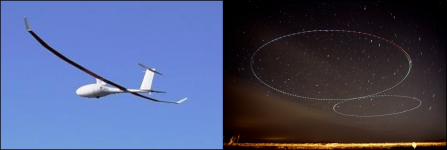- Reaction score
- 7,245
- Points
- 1,360
DOHHH! Good catch.Privateer said:OK, I looked at MERX (thanks for the tip!), and this is probably the basis for the report: http://www.merx.com/English/SUPPLIER_Menu.Asp?WCE=Show&TAB=1&PORTAL=MERX&State=7&id=PW-%24%24BL-293-23008&src=osr&FED_ONLY=0&ACTION=PAGE3&rowcount=29&lastpage=3&MoreResults=&PUBSORT=2&CLOSESORT=0&IS_SME=Y&hcode=YL4hVGPyNRebH8gt6UpFWg%3d%3d
Code:JUSTAS PROJECT-REQUEST FOR INFORMAT(ION)
But there aren't any documents provided, or links to any more detail (such as the "$1 billion" reference). Am I stuck there, or is there a place I can look for more detail?
Thanks again for the help.
In return, if this is indeed the correct MERX posrting, here it is in the JUSTAS thread, with a link to at least some of the bid documents ....
milnews.ca said:This from MERX:More in the MERX bid package here (Google Docs)The Canadian Forces (CF) has a need to field and support interoperable, network-enabled Unmanned Aircraft Systems (UAS) to provide Intelligence, Surveillance, Reconnaissance (ISR), Target Acquisition, and all-weather precision strike capabilities in support of CF operations worldwide. The objective of this Request for Information (RFI) is to share with Industry CF UAS requirement and seek feedback from Industry on potential options to meet CF needs and associated capability, schedule and cost. This is the first step of an Industry Engagement process where the JUSTAS project will be seeking initial input on availability of technology, ability for industry to deliver and cost estimates for the initial acquisition of the required UAS capability .... This is not a bid solicitation, and no contract will result from this RFI ....
P.S. - If this is, indeed the document the media has "obtained", I guess Milnet.ca "obtained" it first, no?


